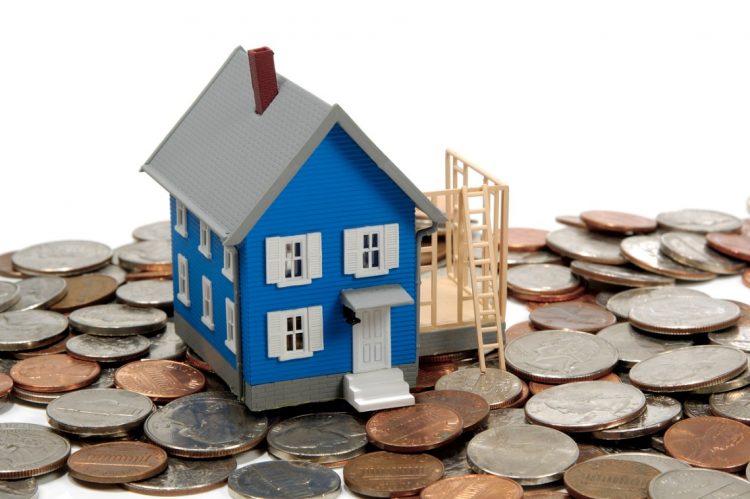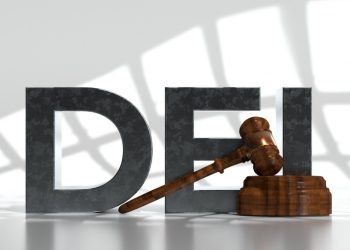While home improvement loans have always been common, in an economy full of challenges and inflation more homeowners have been turning to loans to be able to make any sort of fix or change to their homes. In fact, across the 50 states, an average of 361.2 home improvement loans are originated for every 100,000 owner-occupied houses, according to a new report from LendingTree.
LendingTree’s new report analyzed data from the 2022 Home Mortgage Disclosure Act (HMDA) to determine where the most home improvement loans are originated in order to better understand how common home improvement loans have become in recent years.
States where home improvement loans are the most common:
- Utah
- Number of home improvement loans for every 100,000 owner-occupied housing units: 818.7
- Share of home improvement loans that are second-lien mortgages: 90.3%
- Share of home improvement loans that are first-lien mortgages: 9.7%
- Idaho
- Number of home improvement loans for every 100,000 owner-occupied housing units: 705.2
- Share of home improvement loans that are second-lien mortgages: 81.1%
- Share of home improvement loans that are first-lien mortgages: 18.9%
- Rhode Island
- Number of home improvement loans for every 100,000 owner-occupied housing units: 654.3
- Share of home improvement loans that are second-lien mortgages: 85.2%
- Share of home improvement loans that are first-lien mortgages: 14.8%
States where they are the least common:
- Alaska
- Number of home improvement loans for every 100,000 owner-occupied housing units: 60.6
- Share of home improvement loans that are second-lien mortgages: 72.6%
- Share of home improvement loans that are first-lien mortgages: 27.4%
- Louisiana
- Number of home improvement loans for every 100,000 owner-occupied housing units: 106.5
- Share of home improvement loans that are second-lien mortgages: 57.2%
- Share of home improvement loans that are first-lien mortgages: 42.8%
- Mississippi
- Number of home improvement loans for every 100,000 owner-occupied housing units: 113.8
- Share of home improvement loans that are second-lien mortgages: 56.6%
- Share of home improvement loans that are first-lien mortgages: 43.4%
Major takeaway:
“Loans can be helpful for many homeowners, especially those who need to tackle important home improvement projects they wouldn’t be able to easily afford with cash,” explained LendingTree’s Senior Economist and report author Jacob Channel.
Channel continued, “But homeowners should understand that home improvement loans aren’t without risks and potential drawbacks. In fact, defaulting on certain types of home improvement loans, like home equity loans, can result in you losing your home. And even if a lender can’t take your home because you default, the excess financial pressure a loan can put on a person can result in their credit being seriously damaged or their other bills being generally harder to deal with.”
“Because of this, would-be borrowers should tread carefully and thoroughly consider their options before rushing to get a loan to pay for home improvements. Don’t assume you should get a home improvement loan because you’ve got a good credit score and/or a decent amount of equity built into your house,” said Channel. “Unless you can be reasonably certain that you’ll be able to pay back whatever you borrow without breaking your back in the process, try your best to avoid borrowing money in the first place and instead focus on paying with cash whenever you can.”
Channel concluded, “At the end of the day, relying on a loan to finance home improvements can be a good idea for some. And there could even be instances where a homeowner has no choice but to use a loan to pay for something important, like fixing faulty plumbing or wiring.”
For the full report, click here.












